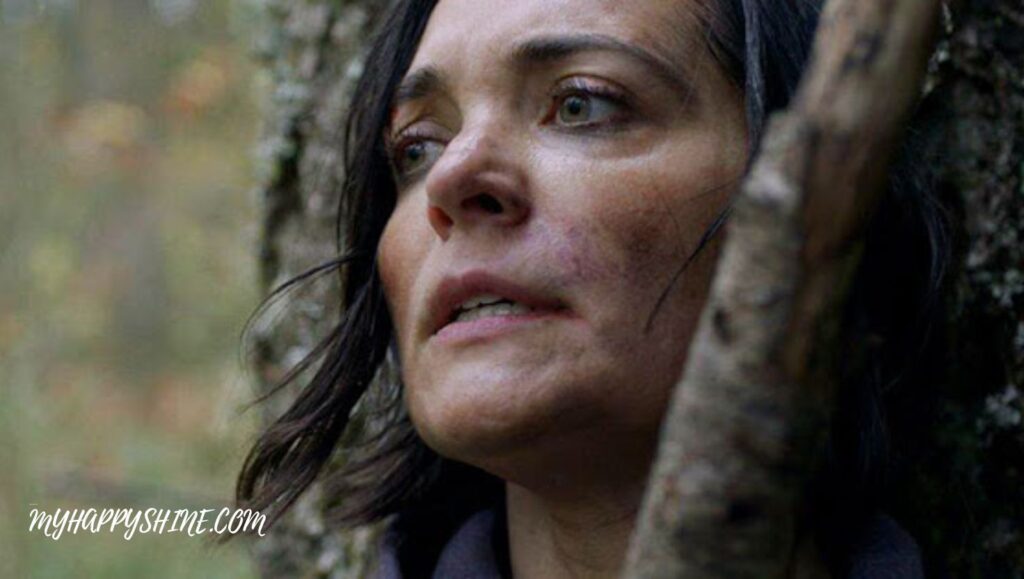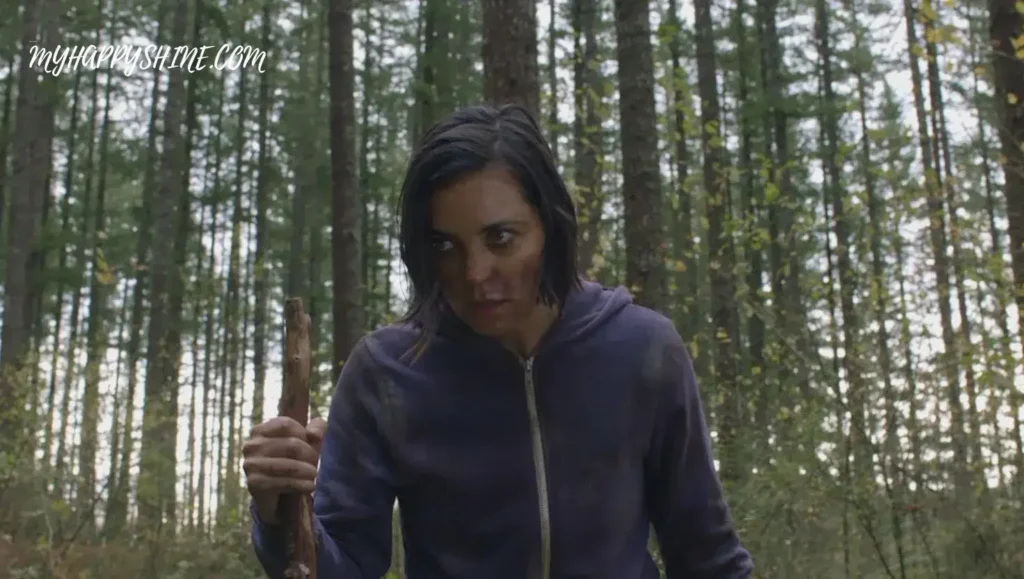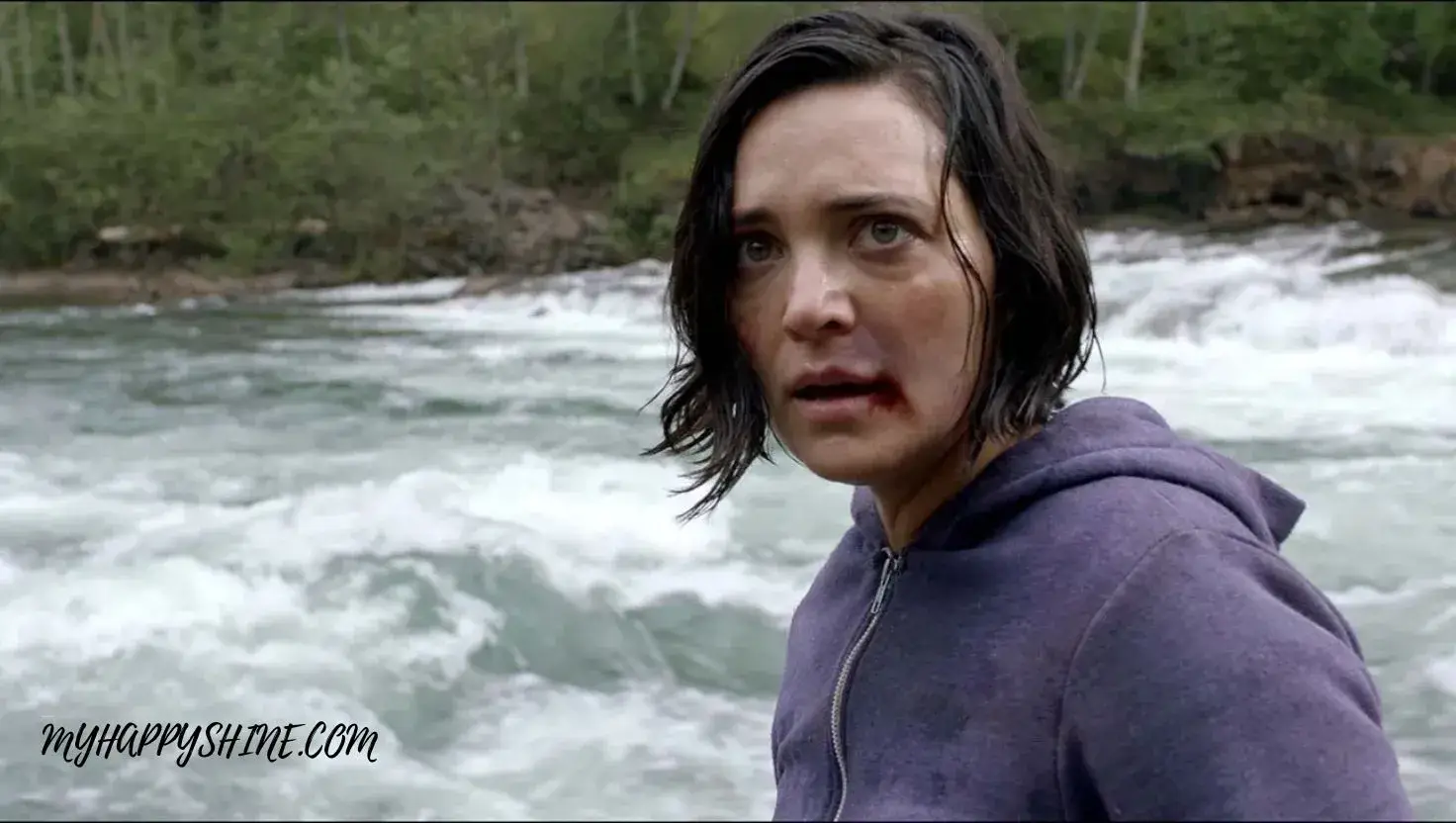The 2020 psychological thriller Alone brings audiences into the gripping world of survival, isolation, and vulnerability, all set within the haunting beauty of Oregon’s wilderness. The film’s success can largely be attributed to the stunning and dramatic locations that enhance its psychological tension.
From dense forests to mist-covered mountains and desolate highways, each filming site adds to the eerie atmosphere and sense of peril that the protagonist, Jessica, experiences. This article will explore the key filming locations in Oregon that made Alone a triumph of location scouting.
The Heart-Pounding Setting: Oregon’s Wilderness
The vast wilderness of Oregon forms the central theme of the movie. The dense, misty Mount Hood National Forest, winding roads like Highway 224, and remote locations like Timothy Lake create the perfect atmosphere for Jessica’s struggle for survival.
These settings are not only visually stunning but serve a narrative purpose, representing Jessica’s vulnerability and her deepening isolation.
Key Characteristics of Oregon’s Wilderness in Alone
- Diverse Terrain: From towering forests to rushing rivers, the variety of landscapes emphasizes the unpredictability Jessica faces.
- Unpredictable Weather: The constant shifting of weather conditions enhances the emotional chaos and fear Jessica feels.
- Isolation: The remote nature of the filming locations emphasizes the protagonist’s loneliness, contributing to the psychological tension.
Portland: The Urban Prelude
The story begins in Portland, Oregon, where Jessica’s life before the journey is established. As the city fades into the background, Portland provides a brief yet important context for Jessica’s departure into the unknown.
Portland’s Role in the Story
- Downtown Portland serves as the final place of normalcy before Jessica begins her solo journey.
- Portland International Airport is seen as a transitional space as Jessica departs from a life of relative security and steps into the wilderness.
Estacada: Gateway to the Wild

As Jessica travels deeper into the wilderness, she passes through Estacada, Oregon, a small town that marks her transition from the bustling urban world to the raw wilderness. The small-town atmosphere provides a brief yet significant break before the vast emptiness of nature takes over.
Key Elements of Estacada in the Film
- Local Gas Station Scenes: These moments provide a brief connection to the outside world, showing Jessica’s interaction with a few locals before she ventures into solitude.
- Symbolism of Small-Town Atmosphere: The quiet, almost sleepy vibe of Estacada emphasizes Jessica’s need to escape and find solace in nature.
Mount Hood National Forest: Nature’s Imposing Stage
Mount Hood National Forest is the primary filming location for much of Alone, offering breathtaking scenery that brings both beauty and danger. The dense forests, rushing rivers, and misty mountains create a haunting atmosphere, heightening the tension throughout the film.
Why Mount Hood National Forest Was Chosen
- Vast Wilderness: The expansive forests evoke feelings of being lost and overwhelmed, perfectly mirroring Jessica’s psychological state.
- Remote and Challenging Terrain: The challenging winding roads and dense trees contribute to Jessica’s sense of disorientation and struggle.
- Unpredictable Weather: Mount Hood’s weather can change in an instant, creating an environment of constant tension.
Crafting Suspense: Specific Filming Sites
Several specific filming locations within Mount Hood National Forest and its surrounding areas played a crucial role in creating the film’s suspenseful and immersive atmosphere.

1. The Lonely Highway (Highway 224)
One of the most intense scenes of the film takes place on Highway 224, a remote road where Jessica encounters a dangerous situation. This winding, desolate highway emphasizes her isolation, heightening the psychological tension as she faces the unknown.
Highway 224 Highlights:
- Remote Location: The highway’s isolation amplifies Jessica’s vulnerability and fear.
- Psychological Tension: The road becomes a metaphor for the treacherous path Jessica must navigate—both physically and emotionally.
2. The Forest Hideout
The forest hideout plays an important role in Jessica’s survival. It represents a temporary safe space, but the location itself is fraught with danger. The dense woods conceal both threats and refuge, making it a symbol of her complex relationship with the wilderness.
Key Aspects of the Forest Hideout:
- Shelter and Isolation: It provides Jessica with shelter but also reinforces her isolation from society.
- Tension: The hidden nature of the hideout adds a layer of uncertainty, as Jessica never truly knows whether it’s safe.
3. The Cabin in the Woods (Near Timothy Lake)
Located near Timothy Lake, the cabin in the woods is where the film’s most significant climactic moments take place. The rustic, isolated cabin represents both safety and hidden dangers, and it becomes a focal point for Jessica’s final struggle for survival.
The Cabin’s Symbolism:
- Hidden Dangers: What appears to be a place of refuge quickly turns into a place of threat, amplifying Jessica’s vulnerability.
- Safety vs. Danger: The cabin is a perfect metaphor for the uncertainty of Jessica’s situation—she never feels completely safe.
Behind the Scenes: Challenges of Wilderness Filming
Filming in remote wilderness locations such as Mount Hood National Forest presented a number of unique challenges for the production team. The physical demands of the environment, combined with Oregon’s unpredictable weather, required careful planning and expertise.
Challenges Faced During Filming
| Challenge | Solution |
|---|---|
| Unpredictable Weather | Filming took place in changing conditions, with rain and fog frequently affecting shots. |
| Limited Access | The crew had to hike into locations with heavy equipment due to the inaccessibility of some areas. |
| Wildlife Encounters | Filming was conducted with careful measures to avoid disturbing wildlife. |
| Continuity Issues | Changes in foliage and lighting conditions required careful coordination between filming days. |
| Safety During High-Speed Scenes | Experts were brought in for high-speed driving scenes to ensure safety on dangerous roads. |
The Psychological Impact of Location
Oregon’s wild landscapes are more than just backdrops for action they play a central role in shaping Jessica’s emotional journey. The film’s psychological tension is deeply tied to the natural environment, with each location serving as a reflection of Jessica’s internal struggles.
Symbolism in Locations
- Vast Forests: Represent a sense of being lost and overwhelmed.
- Winding Roads: Evoke disorientation and confusion.
- Rushing Rivers: Symbolize obstacles and danger, adding to the tension.
Case Study: The Remote Highway Encounter

The encounter on Highway 224 is one of the film’s most intense scenes. The film’s use of handheld camera work and tight framing enhances the feeling of claustrophobia and impending danger.
| Filming Technique | Effect on Scene |
|---|---|
| Handheld Camera Work | Puts the audience in Jessica’s shoes, amplifying her fear and vulnerability. |
| Tight Framing | Focuses on Jessica’s expressions, heightening emotional intensity. |
| Low-Angle Shots | Creates a sense of danger by showing Jessica in a vulnerable position. |
The Artistic Vision: Cinematography and Location
The cinematography in Alone (2020) brilliantly uses Oregon’s landscapes to reinforce the film’s themes of isolation and vulnerability.
Key Cinematic Techniques
- Wide Shots: Used to capture the vastness of the Mount Hood National Forest and convey the enormity of the wilderness.
- Handheld Camera Work: Adds realism and intimacy, allowing the audience to experience Jessica’s fear firsthand.
- Low-Angle Shots: Make Jessica appear small and powerless against the overwhelming environment.
Local Impact and Sustainability
Filming in Estacada, Portland, and the surrounding areas had a positive impact on local communities. The small towns gained economic benefits, and the film was produced with a focus on sustainability.
Positive Outcomes for Local Communities
- Economic Boost: Local businesses in Estacada and nearby areas saw a spike in customers during the filming period.
- Tourism: Filming brought more visitors to Mount Hood National Forest, raising awareness about the area’s natural beauty.
- Sustainability Efforts: The production adhered to Leave No Trace principles, ensuring minimal environmental impact.
The Legacy of Alone’s Locations
The filming locations of Alone have left a lasting legacy. Mount Hood National Forest is now a destination for fans, and the film’s responsible production practices have inspired other filmmakers to consider the environmental impact of their work.
Impact on Tourism and Conservation
- Increased Tourism: Locations like Timothy Lake and Ramona Falls have attracted new visitors.
- Conservation Efforts: The production team’s contributions to local conservation efforts have set a positive example for sustainable filming practices.
Key Takeaways
- Authenticity of Locations: The real, rugged landscapes of Oregon’s wilderness added immense value to the film’s narrative.
- Psychological Tension: Locations like the Lonely Highway and forest hideouts created powerful moments of suspense and disorientation.
- Impact on Local Communities: Filming in small towns like Estacada brought economic benefits and increased awareness of the area’s natural wonders.
FAQs
1. Where was Alone (2020) filmed?
- Alone (2020) was filmed in the wild and scenic landscapes of Oregon, mainly in Mount Hood National Forest, Estacada, and on Highway 224.
2. How did Portland contribute to the film’s setting?
- Portland served as the starting point, representing Jessica’s normal life before she ventures into the isolation of the wilderness.
3. Why was Mount Hood National Forest chosen for filming?
- The dense forests, misty mountains, and unpredictable weather of Mount Hood National Forest enhanced the sense of isolation, danger, and vulnerability in the film.
4. What role does the cabin in the woods play in the movie?
- The cabin near Timothy Lake acts as a temporary refuge for Jessica, symbolizing both a place of safety and looming danger.
5. What impact did filming in Oregon have on local communities?
- Filming in Estacada and surrounding areas boosted local economies through increased tourism and job creation, while also promoting sustainable filming practices.


